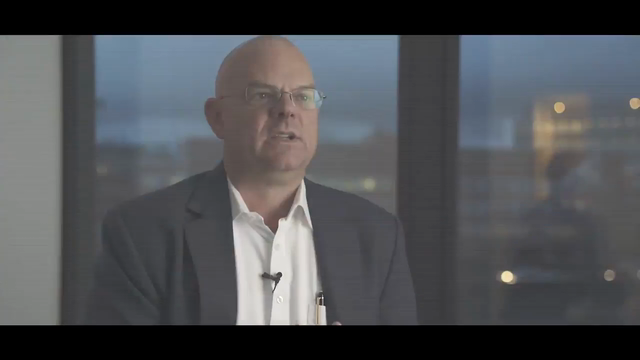How Business Can Play a Critical Role in Slowing Global Warming
Schneider Electric Blog | Sustainability
First, the bad news: In October, the International Panel on Climate Change (IPCC) released the latest version of its Special Report on Global Warning, which describes a dire future without immediate and far-reaching action to reduce greenhouse gases — difficult when global emissions continue to rise.
The report advises that the severity of climate-related risks climbs dramatically when planetary temperature rises beyond 1.5 degrees Celsius. Previous guidance, including the Paris Agreement and the thresholds set by the Science-Based Targets Initiative (SBTi), was based on a 2-degree Celsius rise. While a further reduction of .5 degrees doesn’t seem dramatic, it’s a change that will have considerable impact on the depth of and timeline for climate action.
Companies and carbon emissions
The economic and environmental implications of the IPCC report are ominous but mobilizing.
So, now, the good news: the strategies and technologies needed to curb emissions already exist. Businesses (as well as cities, schools and other institutions) are poised to play a leading role in adopting these solutions at scale.
Companies are also the most likely to continue to innovate, bringing new, and even more effective services and tools to market. These solutions are the path to an economy that is carbon independent and circular; plus, they often deliver significant savings.
Consider the following:
- Nearly 500 companies have already committed to reduce their emissions in line with the previous
2-degree target through the SBTi, a joint coalition of the UN Global Compact, CDP the World Resources Institute and the World Wildlife Fund. - Companies are adopting renewables at a breakneck pace. In 2018, U.S. corporations are on track to surpass 5 gigawatts of clean energy procurement, a new benchmark. Markets are also ripening for corporate purchasers in Australia, India and throughout Europe. And China and Latin America aren’t far behind.
- Corporate energy intensity can be dramatically reduced through efficiency programs. Over a 20-year period, more than 50 percent of global energy savings occurred in China, thanks to the country’s emphasis on reducing energy consumption in the industrial sector.
- Even the heaviest emitters can get to virtual zero, according to a new report from the Energy Transitions Commission, which proposes that industries like steel, cement and aluminum have the means to dramatically reduce emissions through efficiency and demand management programs.
Corporate guidance and public policy
This week kicks off COP24, an international gathering of global leaders dedicated to acting on climate change. Famously, at COP21, the Paris Agreement — a historic covenant of 195 countries — was signed. At COP24, the new IPCC report will play center stage with resulting policy and governmental action that may spur further corporate engagement.
The SBTi is exploring a number of measures in response to the IPCC recommendations as well. Any changes to its methodology and tools will not occur until 2019, however, and the switch to a 1.5-degree target will not happen immediately without some form of remediation for companies that have already implemented reduction plans.
Business and the bottom line
Transitioning to renewable electricity, reducing energy and resource consumption through efficiency programs, and managing demand through circularity are three of the key ways that companies can act in alignment with the IPCC findings.
Other considerations heading into COP24:
- If you are a SBTi signatory or renewable energy leader, now is the ideal time to exercise your material influence by encouraging your supply chain partners, competitors and others to set SBTs.
- If you are a SBTi signatory, assume that the updated guidance will affect your organization. Begin planning now to adapt to this change and accelerate carbon-reduction plans for the overall health and resilience of your business.
- If you haven’t set a SBT, the initiative is a leading indicator for investors of climate change preparedness. By understanding your emissions pathway, you’ll have a greater understanding of where you are exposed to future legislation, market forces, investor pressures and more. [One potential outcome of COP24 and the IPCC report is carbon taxation or penalization; reducing emissions will become a way to avoid financial impacts of new legislation.]
To learn more about how SBTs can drive change in your business and the world, read A New Approach to Climate Leadership.



